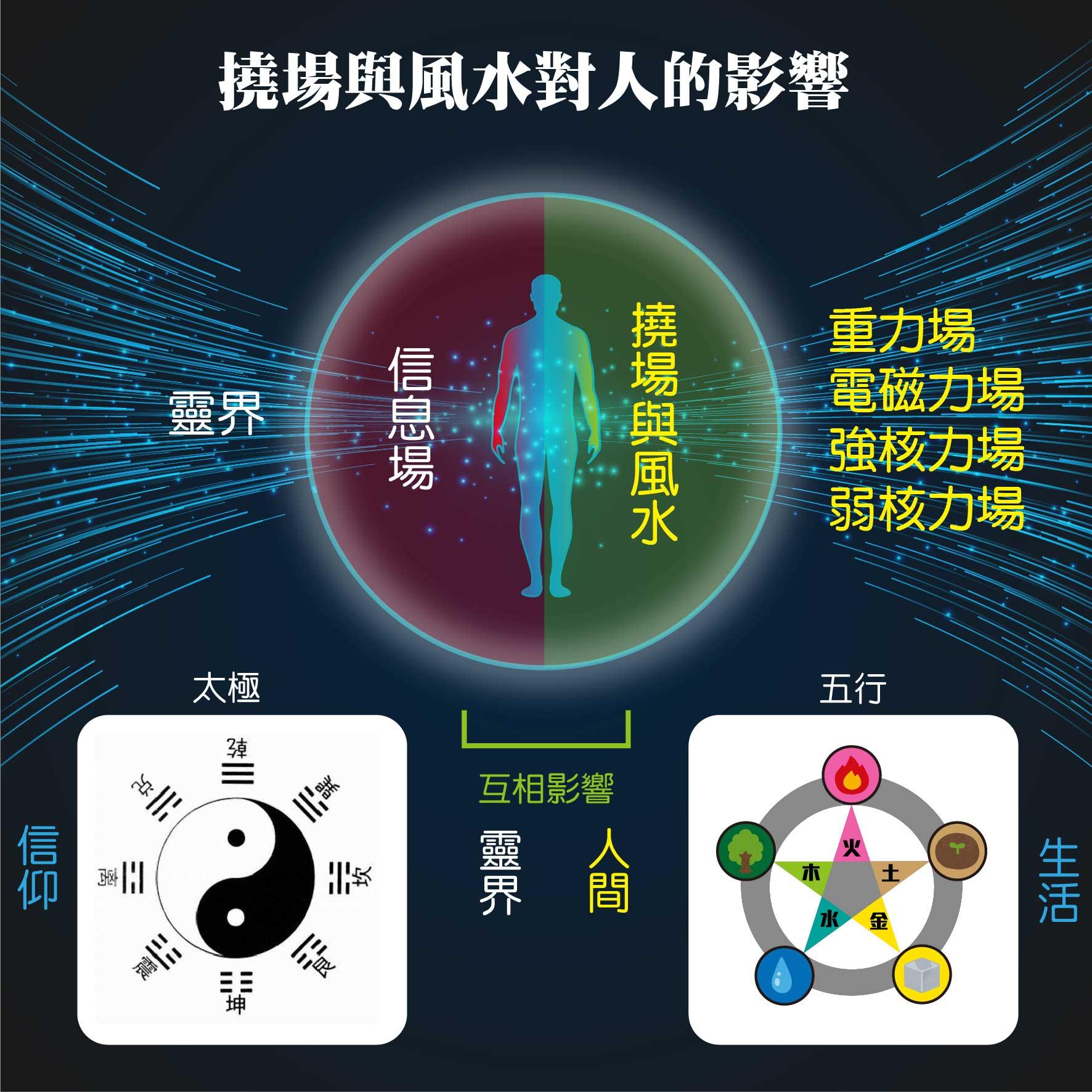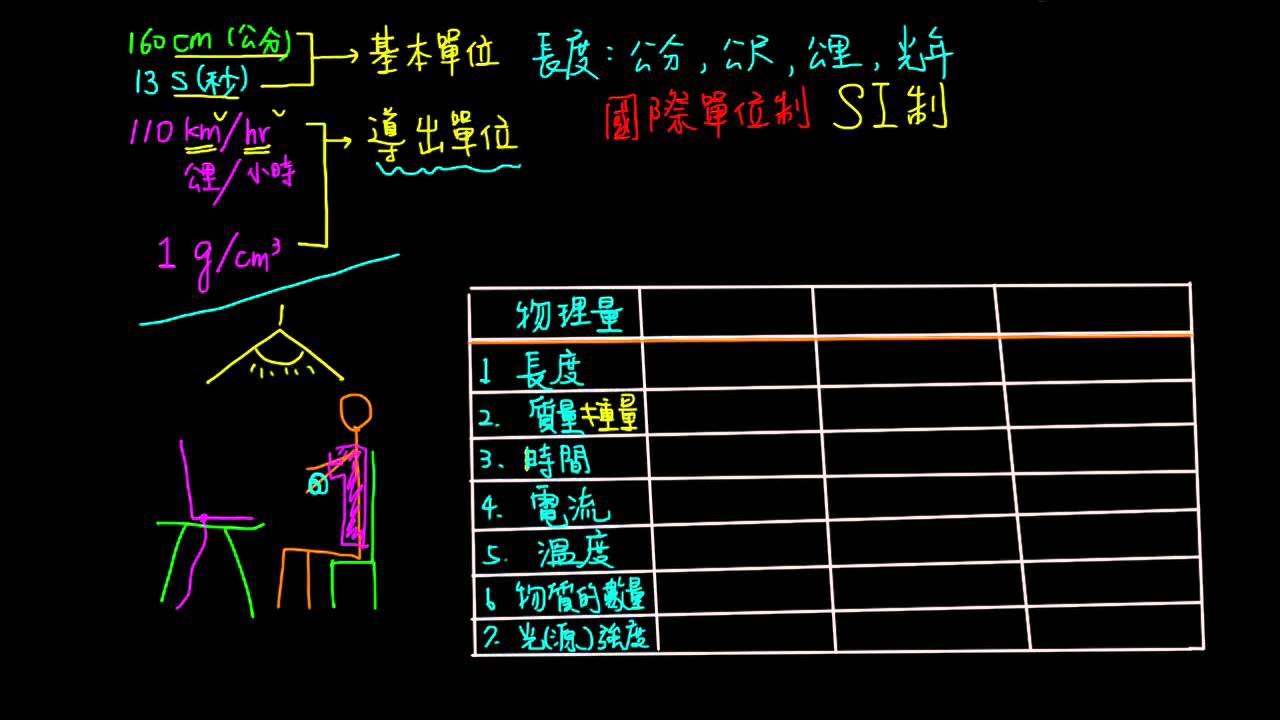What is the nature of the big bang theory of the origin of the Universe?
In 1927 Georges Lemaitre came up with the Big Bang Theory. The theory explains the origin of the Universe. It was said that the universe reached an extremely high density and temperature point. Then it started expanding the whole Universe, which from that point to more than observable universe, and it is still expanding right now.
According to this theory, the age of universe is fourteen billion years old. After the big bang, the Universe started to cool down, and form subatomic particles and some elements. These subatomic particles formed stars and galaxies due to gravity. There are a lot of evidences that support the big bang theory, such as cosmic microwave background radiation, expansion of the universe, age of the oldest-known star, and abundances of the lightest chemical elements. These phenomenons are evidences of big band theory.
However, there are quite a few problems and related issues of the big bang theory. For example, baryon asymmetry, dark energy, dark matter, horizon problem, magnetic monopolies, and flatness problems. These phenomenons cannot be explain by the big band theory.
Now that me talk about the “inflation” theory and differences between it and the big bang theory.
In 1980 Alan Guth came up with the Inflation Theory. It was said that the speed of universe expanding is faster than light speed. It was caused by the vacuum of space, and the theory can explain why the universe is full of stars and galaxies instead of empty space.
However, inflation theory has no way to explain its initial conditional. The difference between inflation theory and the big bang theory is that the inflation theory can explain horizon problem and flatness problem, but big bang theory cannot. Also, the big bang theory is closer to the universe which be observed by people than the inflation theory. People have no way to test the inflation theory, but the big bang theory can be tested and observed.
So, is the essence of the Big Bang theory of the origin of the universe correct?
I think there are many different answers all around the world. We can not say yes or no to this question. Even if the theory is the most popular theory in modern times. Even if there are a lot of phenomenons to support the big bang theory.
The universe is as large as infinite, and a lot of matters in the universe we cannot see and understand it. Big bang theory will always be just a theory for me. It is not an answer to the origin of the universe. It is just how after people observe the universe, they came up with a theory to try to explain those phenomenons which happened in the universe. We can just say that big bang theory is similar to a real answer or even totally wrong. Therefore, it is the reason why I do not believe the big bang theory. I would keep my inquisitive and skeptical heart to learn about it.
翻譯:
題目:大爆炸理論簡介 宇宙起源大爆炸理論的本質是什麼? 1927 年,喬治·勒梅特 (Georges Lemaitre) 提出了生活大爆炸理論。該理論解釋了宇宙的起源。據說宇宙達到了極高的密度和溫度點。然後它開始擴展整個宇宙,從那時開始擴展到不僅僅是可觀察的宇宙,而且它現在還在擴展。
根據這個理論,宇宙的年齡是一百四十億年。大爆炸之後,宇宙開始冷卻,形成亞原子粒子和一些元素。由於引力,這些亞原子粒子形成了恆星和星系。有很多證據支持大爆炸理論,例如宇宙微波背景輻射、宇宙膨脹、已知最古老恆星的年齡以及最輕的化學元素的豐度。這些現像是大能帶理論的證據。
然而,大爆炸理論存在不少問題和相關問題。例如,重子不對稱性、暗能量、暗物質、視界問題、磁壟斷和平坦度問題。這些現象無法用大能帶理論來解釋。
現在我談談“暴脹”理論以及它與大爆炸理論的區別。
1980 年艾倫古斯提出了通貨膨脹理論。據說宇宙膨脹的速度比光速還快。它是由空間真空引起的,該理論可以解釋為什麼宇宙中充滿了恆星和星係而不是真空。
然而,暴脹理論無法解釋其初始條件。暴脹理論與大爆炸理論的區別在於,暴脹理論可以解釋視界問題和平坦度問題,而大爆炸理論不能。另外,大爆炸理論比暴脹理論更接近於人們所觀察到的宇宙。人們無法檢驗暴脹理論,但大爆炸理論是可以檢驗和觀察的。
那麼,宇宙起源的大爆炸理論的本質是否正確呢?
我認為世界各地有許多不同的答案。我們不能對這個問題說是或否。 即使該理論是近代最流行的理論。即使有大量現象支持大爆炸理論。
宇宙大到無邊無際,宇宙中有很多物質我們是看不到、看不懂的。大爆炸理論對我來說永遠只是一個理論。這不是宇宙起源的答案。就是人們在觀察宇宙之後,想出一個理論來試圖解釋宇宙中發生的那些現象。我們只能說大爆炸理論與真實答案相似甚至完全錯誤。因此,這就是我不相信大爆炸理論的原因。我會保持好奇和懷疑的心去了解它。











